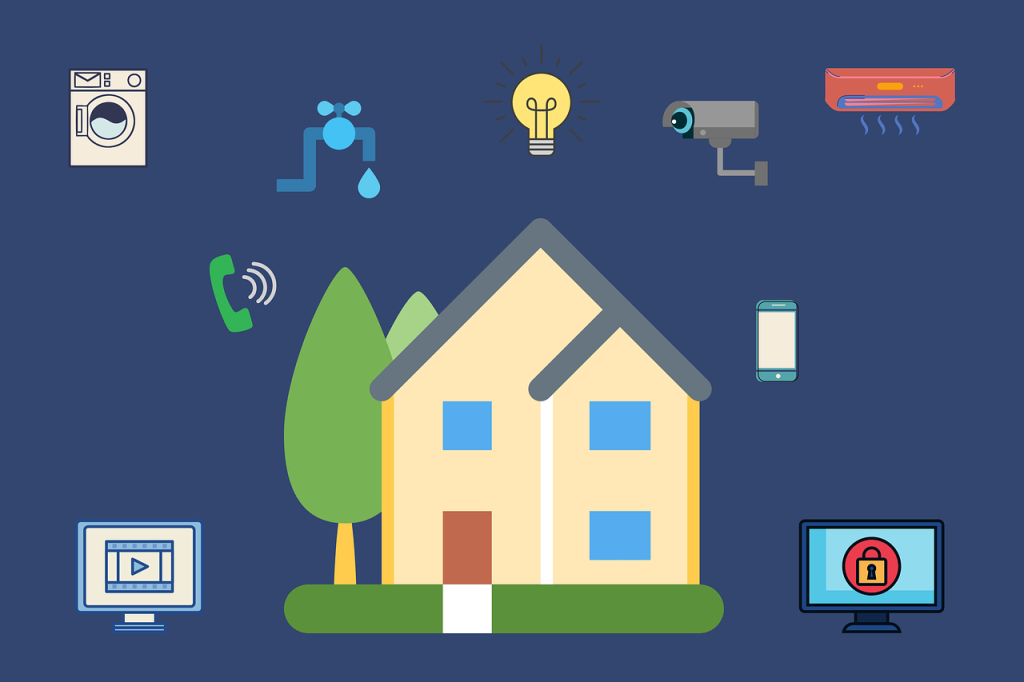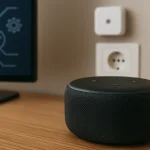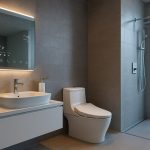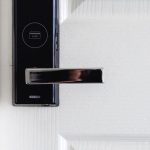Affordable Automation for Everyday Living
Creating a smart home doesn’t have to be expensive. While it’s easy to assume home automation is only for tech enthusiasts with deep pockets, the truth is you can build a functional, convenient, and impressive smart home for less than $200. With a bit of planning and smart choices, you can automate everyday tasks, boost home security, and add a touch of futuristic comfort—all without breaking the bank.
In this guide, we’ll walk you through the steps to build a smart home on a tight budget, focusing on devices that are affordable, reliable, and easy to install. Let’s get started.
Step 1: Set Your Priorities
Before you start buying gadgets, ask yourself:
- What do I want to automate? (Lighting, security, energy saving?)
- How important is voice control?
- Do I need remote access or automation routines?
Focusing on 2–3 key features—like lighting, security, or voice assistants—will help you get the most value from your limited budget.
Step 2: Get a Smart Speaker or Hub ($25–$50)
Budget pick:
- Amazon Echo Dot (5th Gen) — ~$30
- Google Nest Mini (2nd Gen) — ~$30
Your smart assistant is the brain of your smart home. With Alexa or Google Assistant, you can control devices with your voice, create routines, and even control things remotely. These devices often go on sale for under $25, making them a perfect starting point.
👉 Tip: No need for a dedicated hub if you’re using Wi-Fi-enabled devices. Many budget smart products work directly with Alexa or Google Home apps.
Step 3: Add Smart Plugs ($10–$25 each)
Smart plugs are the ultimate entry-level upgrade. They let you control anything you plug into them—lamps, coffee makers, fans, etc.—using your voice or phone.
Top affordable options:
- Kasa Smart Plug Mini (2-pack) — ~$20
- Govee Smart Plugs — ~$25 for 4-pack
With smart plugs, you can set timers, automate your lights, or even make it seem like someone’s home when you’re away.
Smart plugs are one of the cheapest ways to automate any device.
Step 4: Install Smart Bulbs ($10–$15 each)
Smart bulbs let you control brightness, color, and schedules. Many budget options work via Wi-Fi and don’t require a hub.
Great choices under $15:
- Wyze Bulb Color — ~$12
- TP-Link Kasa Smart Bulb — ~$13
- Govee Smart Bulbs — ~$20 for 2-pack
You can group lights by room, create mood lighting, or set lights to slowly brighten in the morning as a wake-up routine.
Step 5: Add a Smart Security Camera ($25–$50)
A smart home isn’t just about comfort—it’s also about safety. Luckily, there are great indoor and outdoor cameras that won’t cost much.
Budget camera options:
- Wyze Cam v3 — ~$35 (1080p, night vision, two-way audio)
- Blink Mini — ~$30 (Amazon ecosystem)
These cameras offer live streaming, motion alerts, and cloud or local storage. You can get alerts when someone’s at the door, or check on pets while you’re out.
Step 6: Smart Sensors (Optional, ~$15–$25)
If budget allows, consider motion sensors or contact sensors for extra automation.
- Aqara Door & Window Sensor — ~$18
- Sonoff PIR Motion Sensor — ~$12–$20
These can trigger lights, send alerts when doors open, or act as part of a basic security setup.
Sample Smart Home Setup Under $200
| Device | Price |
|---|---|
| Echo Dot (5th Gen) | $30 |
| Kasa Smart Plug Mini (2-pack) | $20 |
| Wyze Bulb Color (2-pack) | $24 |
| Wyze Cam v3 | $35 |
| Govee Smart Plugs (2-pack) | $15 |
| Govee Smart Bulbs (2-pack) | $20 |
| Motion Sensor (Sonoff) | $15 |
| Total | $159 |
Even with this budget-friendly setup, you’ll have:
- Voice control and automation
- Smart lighting
- Smart appliance control
- Indoor security camera
- Motion-activated routines
And you’ll still have room for another device or cloud subscription if needed.
Ways to Save Even More
- Buy bundles: Many brands sell multi-packs at a lower cost per unit.
- Look for deals: Amazon Prime Day, Black Friday, and similar sales often slash prices by 30–60%.
- Use refurbished gear: Certified refurbished smart home products often come with warranties and big discounts.
- Skip the extras: Stick to Wi-Fi devices so you don’t need a separate hub.
Worth Considering for the Future
Once your budget allows, consider adding:
- Smart thermostat for energy savings
- Smart locks for keyless entry
- Video doorbell for front-door monitoring
- Smart blinds or curtains
- Water leak sensors
These upgrades can push your smart home to the next level—but starting small is the smartest way to go.
Final Thoughts
You don’t need a massive budget or a tech degree to create a connected home. With just $200—or less—you can enjoy the convenience, security, and fun of home automation. Whether you’re dipping your toes in or planning to build on it later, this starter setup brings smart living within reach for anyone.
New to IoT? Start here to understand how it all connects.
- Local AI in Smart Homes: What Happens When the Cloud Goes Down?
 In the age of cloud computing and always-connected devices, smart homes have become increasingly dependent on the internet. But what happens when your connection drops? That’s where local AI comes into play. This article explores the benefits, limitations, and future of local AI in smart homes systems—and why it might be the key to a…
In the age of cloud computing and always-connected devices, smart homes have become increasingly dependent on the internet. But what happens when your connection drops? That’s where local AI comes into play. This article explores the benefits, limitations, and future of local AI in smart homes systems—and why it might be the key to a… - Hidden Features of Your Smart TV You’re Probably Not Using — But Should
 Smart TVs have come a long way since their early days. While most people use them for Netflix, YouTube, and the occasional screen mirroring session, today’s smart TVs pack a wealth of features that often go unnoticed. These hidden gems can transform your entertainment experience, improve convenience, and even tighten your home security. In this…
Smart TVs have come a long way since their early days. While most people use them for Netflix, YouTube, and the occasional screen mirroring session, today’s smart TVs pack a wealth of features that often go unnoticed. These hidden gems can transform your entertainment experience, improve convenience, and even tighten your home security. In this… - Is My Smart TV Spying on Me? How to Protect Your Privacy
 Smart TV Privacy – In today’s connected homes, smart TVs are as common as coffee makers — but have you ever wondered if your smart TV is watching you back? It’s not just paranoia. With microphones, cameras, and internet connections, smart TVs can pose serious privacy risks if not properly managed. Let’s dive into what…
Smart TV Privacy – In today’s connected homes, smart TVs are as common as coffee makers — but have you ever wondered if your smart TV is watching you back? It’s not just paranoia. With microphones, cameras, and internet connections, smart TVs can pose serious privacy risks if not properly managed. Let’s dive into what… - Smart Bathrooms: Hygiene and Automation Combined
 In 2025, the bathroom is no longer just a functional space—it’s a hub of innovation. With the rise of smart home technology, bathrooms are getting a high-tech makeover. From automatic faucets to AI-powered mirrors, the smart bathroom combines hygiene and automation to create a cleaner, more convenient daily experience. Let’s explore what this transformation means,…
In 2025, the bathroom is no longer just a functional space—it’s a hub of innovation. With the rise of smart home technology, bathrooms are getting a high-tech makeover. From automatic faucets to AI-powered mirrors, the smart bathroom combines hygiene and automation to create a cleaner, more convenient daily experience. Let’s explore what this transformation means,… - Voice Assistants vs Smart Home Hubs: What Should You Choose?
 In today’s connected homes, convenience is only a voice command away. But when building or upgrading a smart home, many people face a common dilemma: Should you rely on voice assistants like Alexa or Google Assistant, or opt for a dedicated smart home hub like SmartThings or Hubitat? Both systems offer powerful ways to automate…
In today’s connected homes, convenience is only a voice command away. But when building or upgrading a smart home, many people face a common dilemma: Should you rely on voice assistants like Alexa or Google Assistant, or opt for a dedicated smart home hub like SmartThings or Hubitat? Both systems offer powerful ways to automate…







